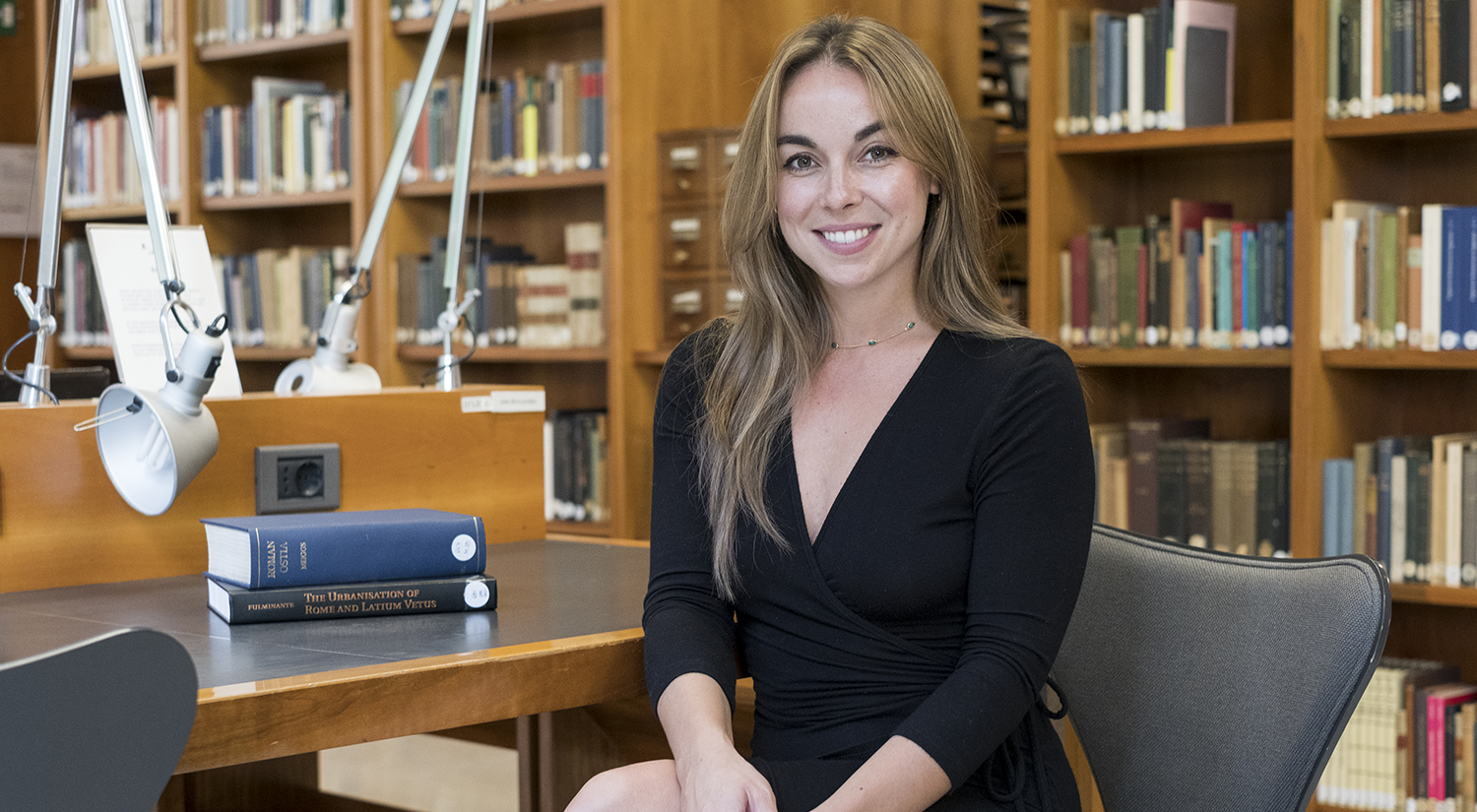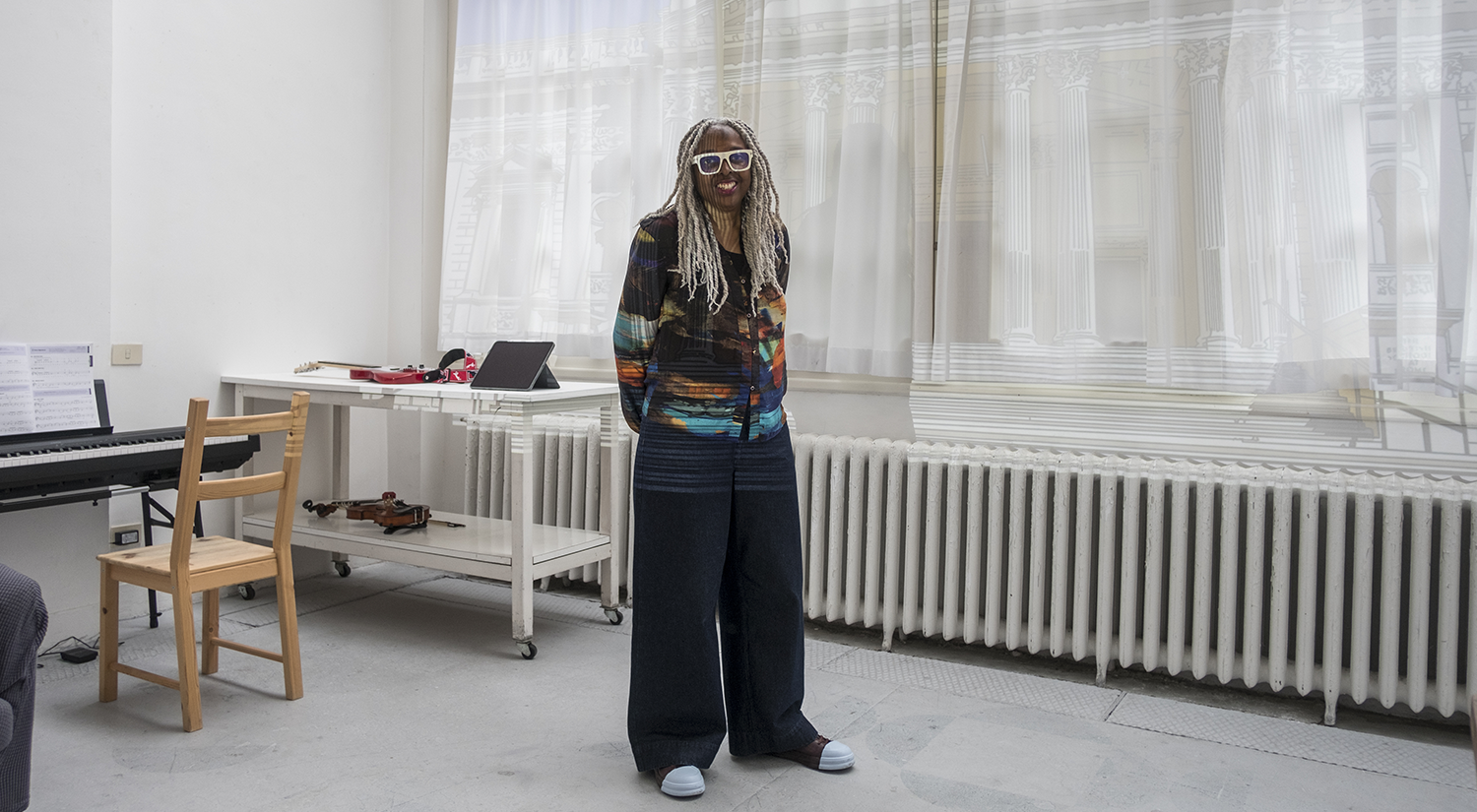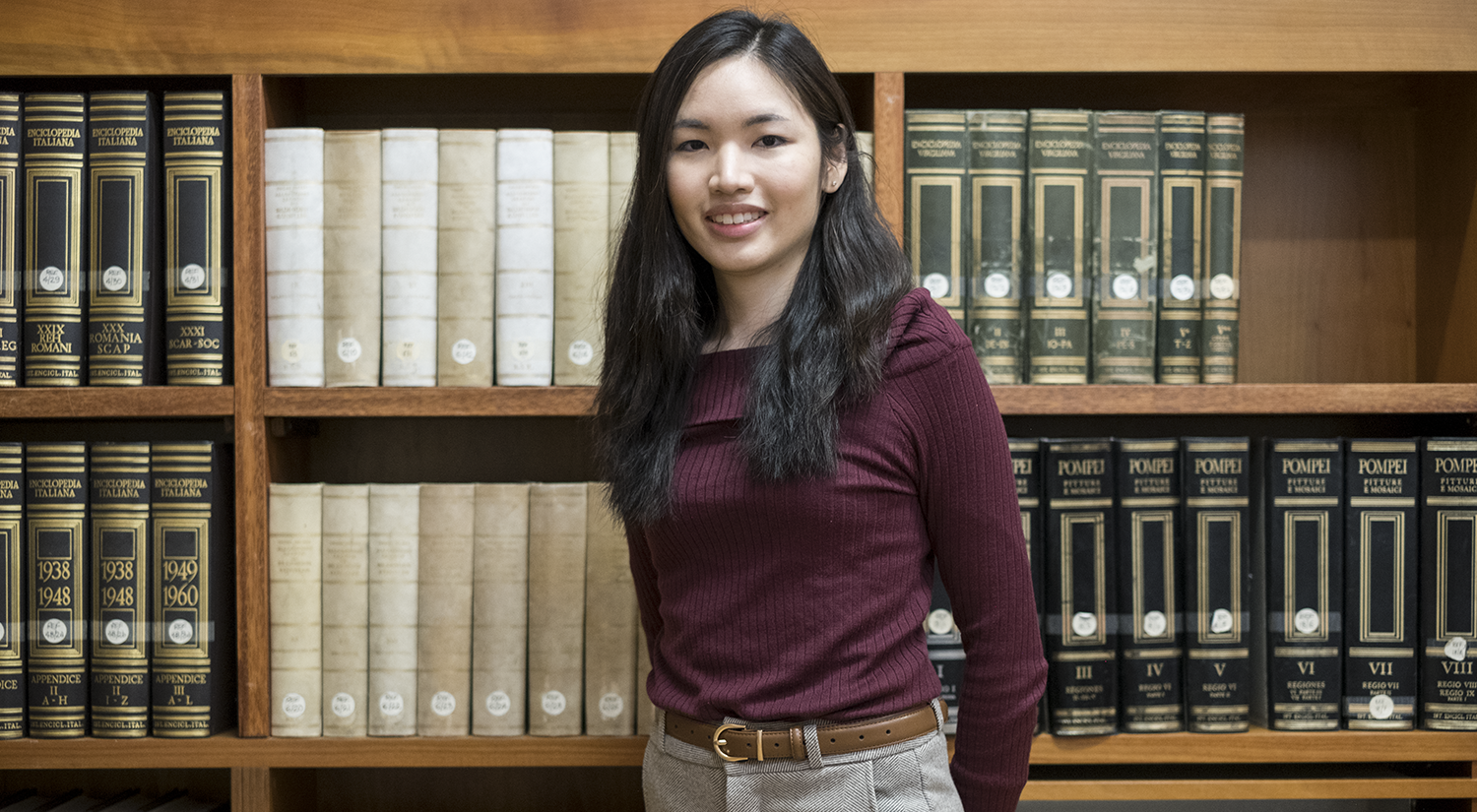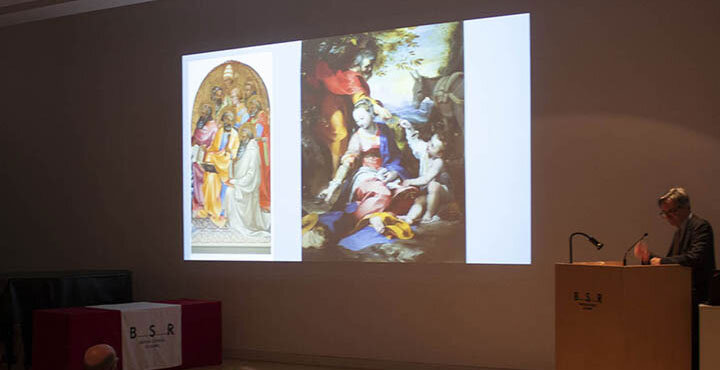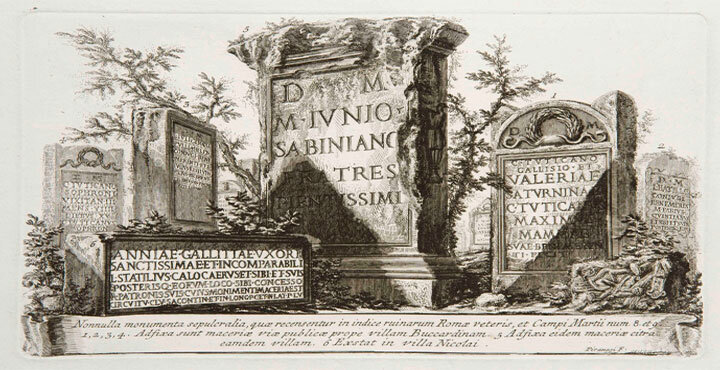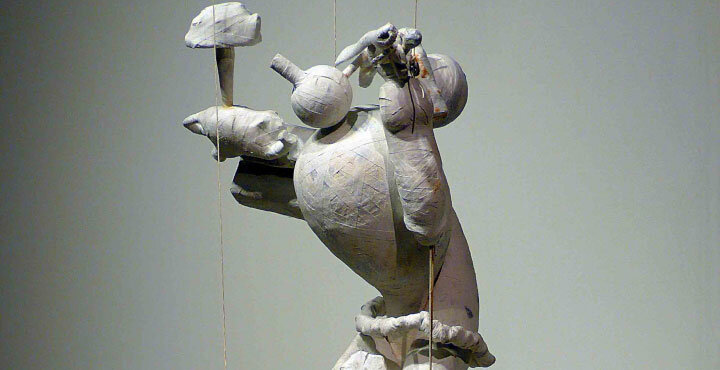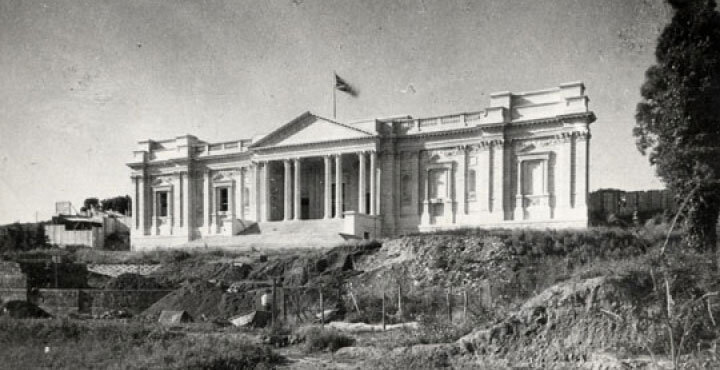Dr Jess Venner, Rome Awardee from the University of Oxford, shares insights into the development of her research project, “Mapping Urban Agricultural Spaces in Early Imperial Etruria and Latium: A Pilot Study.”
On the 5th of February AD 62, a powerful earthquake measuring between 5.0 and 6.1 struck Pompeii and the surrounding region. The devastation was immense, and evidence of the destruction remained visible right up to the eruption that finally buried the city in AD 79. Yet this earthquake would also initiate a season of opportunism and rejuvenation in the city which would bring about intensive change in the landscape of the city, change which, for many years, went largely unacknowledged.
My doctoral research examined how this transformation unfolded through the city’s gardens. Combining archaeobotanical, spatial, and economic data, I explored the socio-cultural and economic roles of Pompeii’s urban agricultural spaces. As Diane Favro (1996, 6) observed, “Romans were experienced readers of non-verbal texts. People of all classes read messages embedded in their surroundings.” This idea underpinned my approach: I was interested in how lived experience was expressed through space, both inside the home (domus) and outside it, in the garden (hortus), as well as how these spaces shaped identity during moments of upheaval.
In total, I identified 439 green spaces across Pompeii, tracing how they were used and adapted as the city rebuilt itself. From this, I focused on 42 gardens which showed signed of agricultural cultivation, and analysed them within social, memory, and resilience frameworks, as well as via Spatial Syntax Analysis (scientific analysis of spatial relationships and movement patterns). The results were striking. After the earthquake of AD 62, agricultural cultivation in Pompeii increased by 250 per cent, revealing that gardens became crucial to recovery and adaptation. While the process was enabled by elite landowners, who controlled much of the property being redeveloped, the real drive came from below: ordinary people reshaping their environments and livelihoods from the ground up.
With a view to test whether these findings were unique to Pompeii, or part of a broader phenomenon, I developed the current, broader, post-doctoral project, Cultivating Cohesion. Supported by the Rome Award at the British School at Rome and a Leverhulme Early Career Fellowship at the University of Oxford, this research explores how agriculture and cultivation were embedded in urban life across early imperial Italy. My pilot study at the BSR, Mapping Urban Agricultural Spaces in Early Imperial Etruria and Latium, combines site visits with a search of excavation archives, GIS datasets, and epigraphic material, to pinpoint where and how cultivation took place within city walls.
The BSR’s proximity to key institutions such as the American Academy, the German Archaeological Institute, and La Sapienza University offers invaluable access to archives and expertise, while its long tradition of digital and landscape studies provides the ideal environment for testing new methodologies. In the longer term, I aim to create an open-access GIS database and map that visualises the distribution and character of vineyards, orchards, and gardens across Roman urban centres, with the view that research in this area may be encouraged.
By tracing the integration of cultivation into urban life, I aim to deepen our understanding of how green spaces shaped not only local food economies, but also identity, resilience, and the social fabric of the early empire.

